The U.S. Department of Energy’s Office of Energy Efficiency and Renewable Energy (EERE) is looking for enthusiastic, driven professionals to join our team.
EERE leads research, development, demonstration, and deployment of innovations in renewable energy, sustainable transportation and fuels, and buildings and industry.
You do not need to be an energy innovation expert or have a science, technology, engineering, or mathematics (STEM) degree to have an energy innovation career. Although many EERE positions are scientific or technical, many others support business operations, human resources, strategic analysis, communications, and more.
According to the U.S. Energy and Employment Jobs Report, energy innovation jobs are growing in all 50 states, employing 3.1 million workers in every pocket of the United States as of 2023. Learn more about how energy innovation is the future.
Careers in EERE
FAQ about Federal Employment
EERE’s staff is our greatest asset to accomplish our energy innovation mission. If you are considering employment with EERE, the following information may be helpful:
Ready to join EERE, but unsure how to prepare your federal resume so you can begin the application process? EERE’s Workforce Management Office hosted a workshop on just that topic! Watch the workshop videos and learn from our hiring experts to better understand the federal hiring process.
To stay connected, please visit the EERE website for the latest updates on career opportunities, events, and news. You can also subscribe to our newsletter for regular updates.
Yes, each role has unique requirements, and our hiring managers covered some key duties and skills in the webinars. For detailed information, please refer to the job postings on this page.
Consider tailoring your resume to match the specific requirements of the job description. Also, make use of the optional document sections in the application portal and provide any supplementary materials.
Your resume should align with the job description, focusing on relevant experience. While meeting grade-level requirements is beneficial, it is crucial to emphasize relevant skills and accomplishments. Learn how to build your federal resume for an energy innovation job.
Information on fellowship programs can be found at the EERE Oak Ridge Institute for Science and Education (ORISE) Science and Technology Policy Fellowship page. Fellowships are not exclusively for students; eligibility criteria vary.
All EERE jobs are listed in the table above. If you would like to focus on a specific technology area, you can visit each technology office’s career page:
USAJobs is the web portal job seekers use to apply for a position within the federal government.
Competitive Vacancy Announcements are posted on USAJobs and are open for a short time, usually 5-7 days. The USAJobs descriptions list the location, salary range, and who is eligible to apply for the position—i.e., the public or current federal employees only. These positions range from entry-level to senior executive–level.
Direct Hire Authority positions are STEM positions at the GS-11 through GS-15 grade level. Direct hire authority allows DOE to hire faster than the traditional government hiring process does. These positions are open to all U.S. citizens until filled.
We do! The links below provide more information.
Federal employment resources include:
- Veterans’ Employment. This website can help you understand the veterans’ preference in filling federal jobs and helps veterans find jobs. This page is specific to DOE.
- Persons with Disabilities. The U.S. Office of Personnel Management explains how federal agencies such as DOE fill jobs in relation to those with disabilities.
- Federal Executive Institute. This institute helps senior government leaders improve the performance of their organizations through programs like the Leadership for a Democratic Society, programs designed specifically for individual agencies, and interagency courses.
- Intergovernmental Personnel Act Mobility Program. This program enables temporary assignment of personnel across the federal, state, local, and tribal governments, colleges and universities, federally funded research and development centers, and other eligible organizations.
- Detail and Transfer to International Organizations. A federal agency such as DOE may send an employee on detail—a temporary assignment—or transfer an employee to any organization that the U.S. Department of State has designated an international organization. This U.S. Office of Personnel Management page answers questions about the process.
- Careers at Energy. If you're interested in employment with another DOE office, DOE's jobs portal provides information about benefits, employee profile videos, the types of positions available in DOE, and more.
GS stands for General Schedule, which is a classification and pay system for most civilian white-collar federal employees. Federal employees within the GS may receive an annual cost of living increase.
Within the GS system, there are 15 grades, with 10 steps within each grade. Step increases in each grade are based on performance and longevity. Learn more about GS classification and pay.
Federal employee benefits include health, dental, vision, life, and long-term care insurance, flexible spending accounts, generous leave policies, insurance coverage for family members, and retirement services. Learn more about these benefits.
Employees get 11 federal holidays off each year. View these calendars for a list of federal holidays.
The application process is outlined in detail on our careers page (USAJOBS Help Center | How does the application process work?). Be sure to review the requirements and submit your application through the provided channels.
-
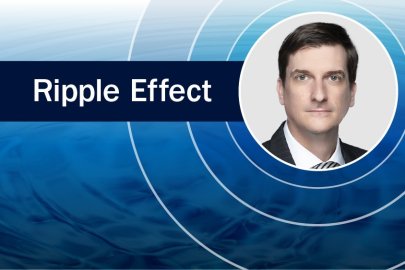 Matthew Grosso, Director of the U.S. Department of Energy’s Water Power Technologies Office, shares how his childhood interest in history and inspiration from Abraham Lincoln led him to become a leader in public service.
Matthew Grosso, Director of the U.S. Department of Energy’s Water Power Technologies Office, shares how his childhood interest in history and inspiration from Abraham Lincoln led him to become a leader in public service. -
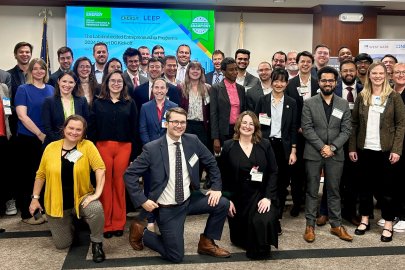 DOE’s Lab-Embedded Entrepreneurship Program (LEEP), managed by AMMTO, welcomed its 2024 cohort to its headquarters in Washington, D.C. to kick off their two-year fellowships
DOE’s Lab-Embedded Entrepreneurship Program (LEEP), managed by AMMTO, welcomed its 2024 cohort to its headquarters in Washington, D.C. to kick off their two-year fellowships -
 Jon-Edward Stokes is Making It! In a Q&A interview, how his shifted his academic focus from English to science and what gives his career purpose.
Jon-Edward Stokes is Making It! In a Q&A interview, how his shifted his academic focus from English to science and what gives his career purpose. -
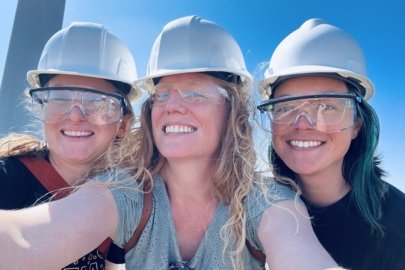 The wind energy workforce is made up of a wide range of people and skills. Learn about the career journey of PNNL lab program manager Alicia Mahon.
The wind energy workforce is made up of a wide range of people and skills. Learn about the career journey of PNNL lab program manager Alicia Mahon. -
 Engineering students Jessica Beck and Samantha Jayasundera discuss how their shared passion for renewable energy and sustainable technology led them to create an award winning business plan to develop artificial kelp forests that could help generate clean energy.
Engineering students Jessica Beck and Samantha Jayasundera discuss how their shared passion for renewable energy and sustainable technology led them to create an award winning business plan to develop artificial kelp forests that could help generate clean energy. -
 10 electrifying teams from the Manufacturing Ecosystem Track, supported by AMMTO, were selected to each receive $100,000 to support historically underserved communities and organizations.
10 electrifying teams from the Manufacturing Ecosystem Track, supported by AMMTO, were selected to each receive $100,000 to support historically underserved communities and organizations. -
 Gary DeBoer is Making It! This former AAAS fellow urges us to make decisions that will better the lives of future generations.
Gary DeBoer is Making It! This former AAAS fellow urges us to make decisions that will better the lives of future generations. -
 Twenty-four students will work with geothermal companies, national laboratories, or state agencies on projects that advance geothermal technologies as part of the NSF INTERN program.
Twenty-four students will work with geothermal companies, national laboratories, or state agencies on projects that advance geothermal technologies as part of the NSF INTERN program. -
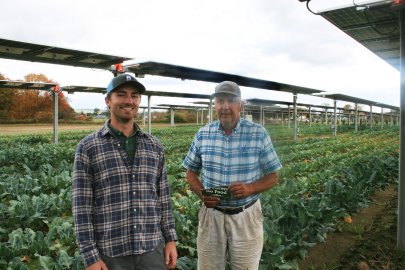 On Farmworker Appreciation Day, we celebrate the growing collaboration between American agriculture and our clean energy industries.
On Farmworker Appreciation Day, we celebrate the growing collaboration between American agriculture and our clean energy industries. -
 Madeline Nelson, a project manager in the field of rope access geohazard mitigation, discusses her diverse career path that led to scaling rock walls and keeping hydropower dams safe.
Madeline Nelson, a project manager in the field of rope access geohazard mitigation, discusses her diverse career path that led to scaling rock walls and keeping hydropower dams safe. -
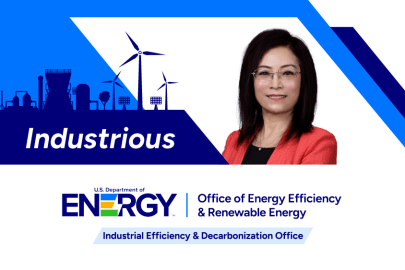 Industrious Series: Chenn Zhou discusses how a parent-teacher conference redirected her career.
Industrious Series: Chenn Zhou discusses how a parent-teacher conference redirected her career. -
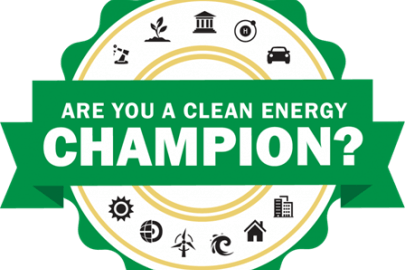 Maher supports WETO as an Offshore Wind Senior Technical Advisor.
Maher supports WETO as an Offshore Wind Senior Technical Advisor.

